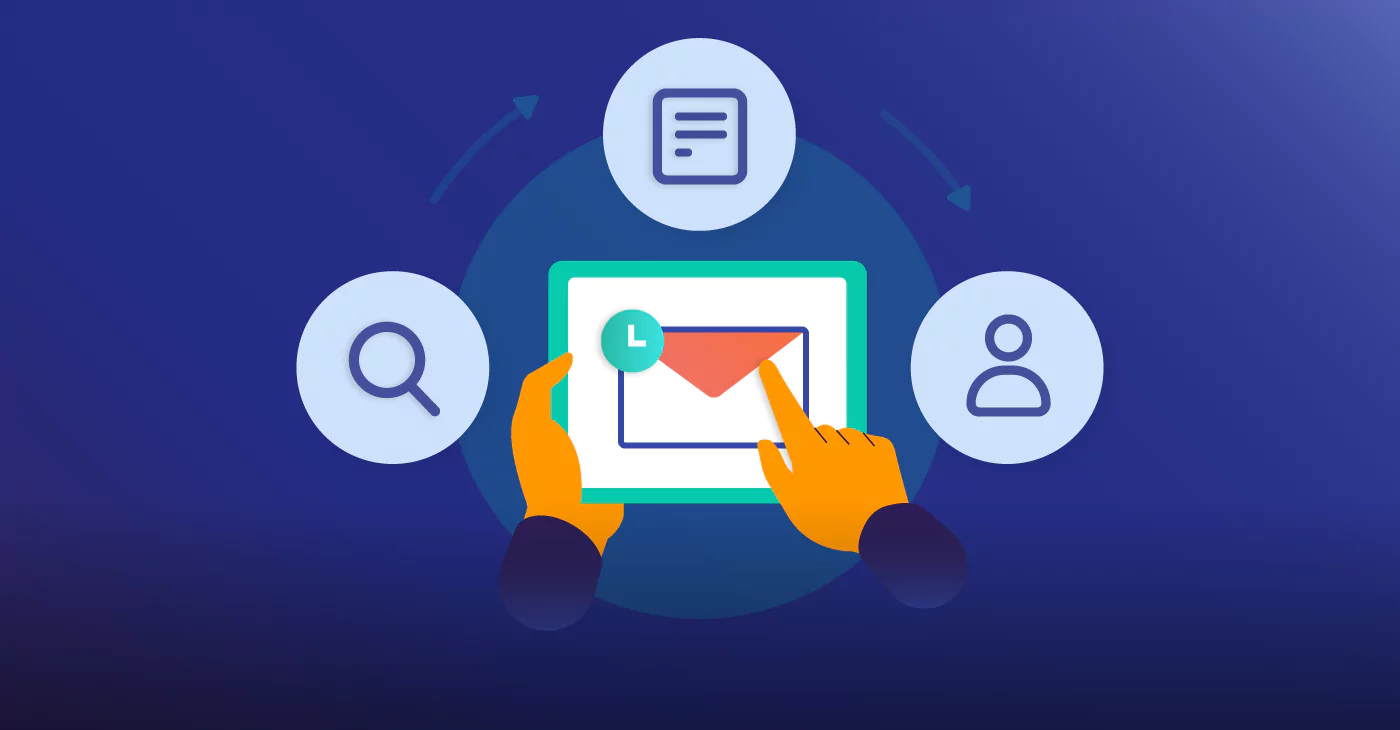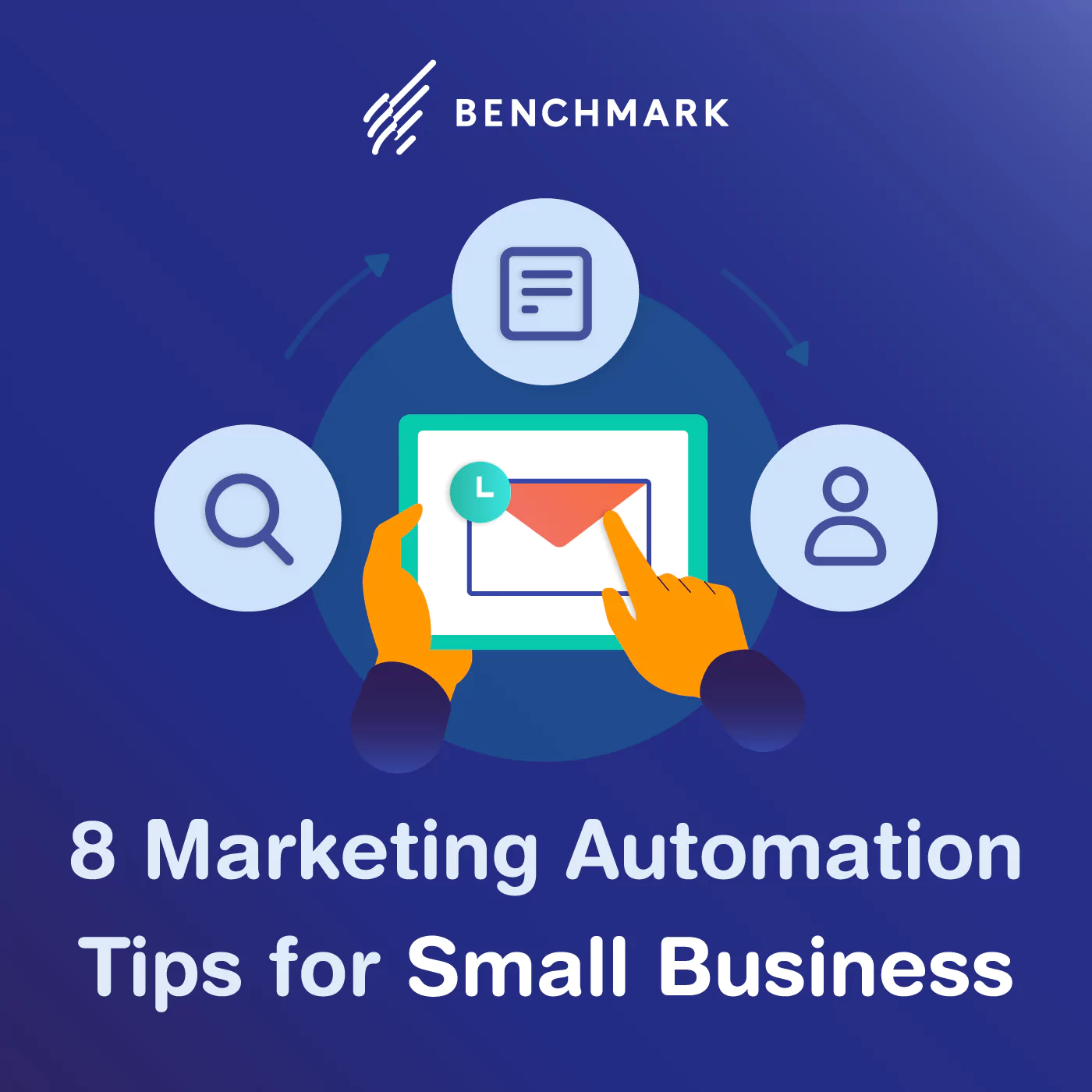
Marketing automation can be a godsend for small businesses. With limited time, resources, and team members on hand, automating repetitive tasks and processes allows your small business to do more with less for better marketing results. But even all-in-one robots need a little help doing their jobs.
Small business owners need to make sure they’re optimizing their business’s usage of marketing automation, and it pays to take a step back and overview the best practices that others have learned along the way. And to make it easy for you, we’ve compiled some of the very best small business marketing automation tips and must-dos from around the web.
Ready? Let’s get into it.
1. Choose Your Software Carefully
Not all marketing tools are created equally. Keep in mind that, while there are certainly a lot of great options out there, not all of them are necessarily right for your business. Put time and effort into researching marketing automation software so you can be sure to make the right pick, and don’t be afraid to drill vendors on the things that matter most to your company, including data integration capabilities with your existing software solutions and the platform’s strengths and weaknesses. For example, do you want a marketing automation software that provides you with the ability to build landing pages and perform lead scoring? Or do you need a marketing software that provides you with seamless email campaign creation, email marketing templates, and a/b testing? What about your social media efforts? Do you need something that enables that as well? Ask yourself these kinds of questions before you start the process of choosing the right marketing automation tool.
Source: CRM Magazine
2. Build Your List — Don’t Buy It
“Your campaigns are only as good as your list,” says Debbie Farese, Senior Manager of Product Marketing for HubSpot. And if you really want your list to pull its weight, it needs to be filled with qualified leads. So while it might be tempting to get the instant engagement push that buying a contact list can give you, there’s no point in doing so if those leads aren’t interested in what you’re selling. Build your email marketing list organically by creating compelling landing pages and creating a robust digital ad and social media strategy. Ensure your email outreach, drip campaigns, and follow-up is being sent to those who are actually interested in your services.
Source: HubSpot
3. Put Strategy First
It’s difficult to maximize the utility of your marketing automation platform if you’re not sure exactly what you’re trying to achieve. Defining a clear strategy is key at each step of the process, from choosing your best software option to tracking and analyzing your customer data. The more you understand what you’re looking for, the more you’ll be able to steer your marketing automation in the right direction.
Source: Martech Advisor
4. Produce Great Content
Marketing automation can exceed your expectations when it comes to disseminating content, but it can’t create the content for you. You’ll still need to plan, create, and refine the content that you share in your email marketing with your leads, with a focus on quality and originality. Not only will you get more benefits out of your marketing automation platform, but you’ll also get more conversions. Create content with the intent to educate, as you’ll be using this content frequently in your lead nurturing outreach. Also, create long-form content that’s gated on a landing page that you can easily promote. Gating your content helps protect your most valuable content so it can serve as a lead generation tool.
Source: ActiveCampaign
5. Offer Training
Whether your marketing team is five people, two people, or just you, it’s important that you provide training on how to use the platform you’ve put in place. Even the best marketing automation solutions might not be very intuitive to use, and if you don’t get an advanced overview of what you’re working with you’ll probably end up misusing or neglecting key features. Pretty much all vendors offer real-time training services, so talk to your sales rep about getting set up.
Source: Act-On
6. Think Agile
Instead of trying to set up everything at once, start with just one or two processes and build from there. The agile method of marketing is based on data — not assumptions. By executing a small number of strategies and then tracking the data for actionable insights, you create marketing campaigns that are more likely to drive conversions and engagement, and you avoid some of the common mistakes that you might otherwise end up repeating from campaign to campaign. This approach is more efficient, and it will help ensure you deliver on your marketing strategy.
Source: Forbes
7. Segment Your Contact List
Segmentation is instrumental in effective marketing automation and lead management. Personalization is crucial if you want to convert, and by dividing your contact list into targeted subsets, you ensure that you’re reaching the right people with the right message at the right time. Let’s say a portion of your leads is in the eCommerce space. You’ll want to segment your messaging to them so that it’s not the same as your agency leads, who have different priorities and needs. Segmenting your lists is a practical method for reaching your leads, and it makes life easier for your salesforce.
Source: Soffront
8. Develop Customer Personas
Speaking of segmentation, it helps to assign personas to each subset list. Customer personas are a solution to today’s marketing challenge of needing to address each customer personally but not having the time to write out individual messages. When developing yours, try to get as specific as you can, identifying not just the core demographics of certain types of customers but their pain points, behaviors, and objectives. Doing so helps your sales team better identify who they should be focusing on in their outreach. If you need help putting one together, do a simple Google search to see some examples. Building out these personas could help you identify keywords your audience may be using when searching online, which will assist your SEO and content marketing efforts.
Source: Small Business Trends
Automation is still a relatively new player in the marketing game. While we can’t predict exactly how it will change and evolve over time, we can tell you that following the tips above will help you get more value of your automation platform — regardless of how it functions. Use your vendor as a resource to help you navigate the platform as efficiently as possible, and if something isn’t working right, look for ways to improve your own processes first, instead of giving up on the system.







